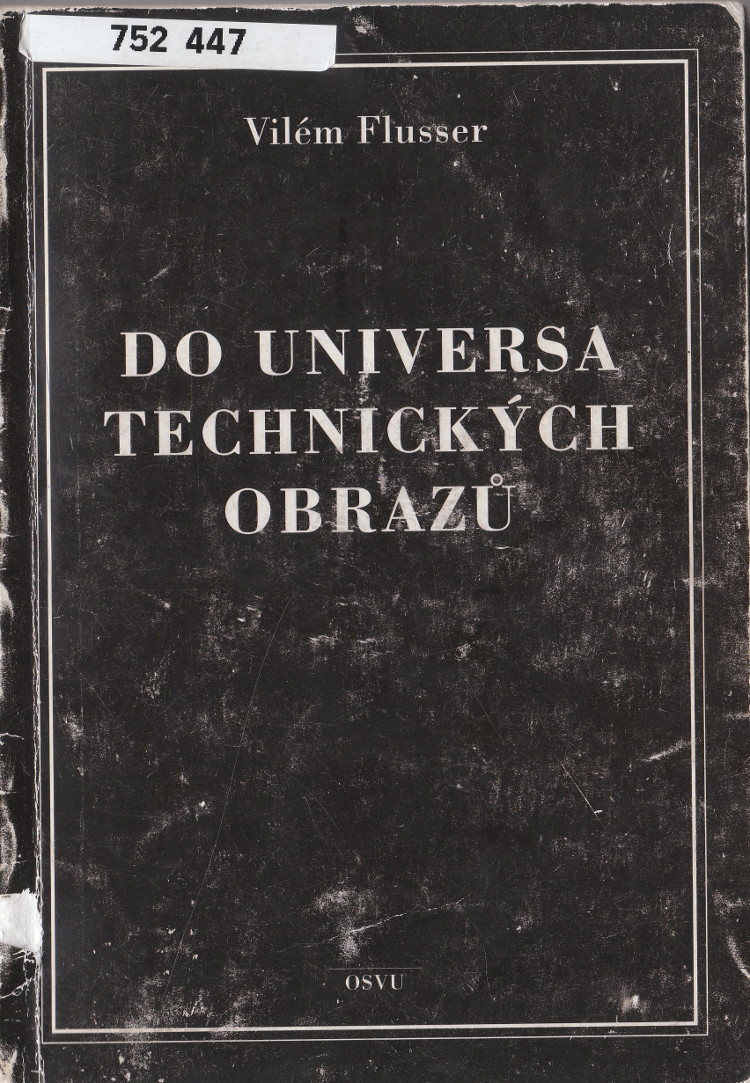Bernhard Siegert: Relays: Literature as an Epoch of the Postal System (1993–) [DE, EN]
Filed under book | Tags: · communication, history of communications, history of literature, literature, media, media archeology, media history, post, telegraphy, typewriter

“This book examines how one aspect of the social and technological situation of literature—namely, the postal system—determined how literature was produced and what was produced within literature. Language itself has the structure of a relay, where what is transmitted depends on a prior withholding. The social arrangements and technologies for achieving this transmission thus have had a particularly powerful impact on the imagination of literature as a medium.
The book has three parts. The first part reconstructs the postal conditions of classic and Romantic literature: the invention of postage in the seventeenth century, which transformed the postal system into a service meant to be used by the population (instead of by the prince alone); the sexualization of letter writing, which was introduced in the middle of the eighteenth century and changed the reading of a letter into an interpretation of intimate confessions of the soul; and Goethe’s turning of this new ontology of the letter into a logistics of literature whereby literary authorship was constructed by means of postal logistics, with the precision of engineering.
The second part analyzes nineteenth-century postal innovations that facilitated communication through letters and examines how literary works were able to live off such communication. These innovations included the reform of the post office; the invention of the postage stamp; the Universal Postal Union, which subjected letter writing to an economy of materials and uniform standards; and the telegraph and the telephone, which surpassed literature in terms of speed, economy, and analog-signal processing.
In the third part, on the basis of a close reading of Franz Kafka’s letters to his typist-fiancée, the author demonstrates how postal logistics of love and authorship have worked in the era of modern postal systems and technical media. Kafka’s correspondence is deciphered as a “war of nerves” waged by means of all available techniques and conditions of transmission.”
Publisher Brinkmann & Bose, Berlin, 1993
ISBN 3922660525
317 pages
English edition
Translated by Kevin Repp
Publisher Stanford University Press, 1999
ISBN 9780804732369
340 pages
Reviews: Peter Berz (Mediamatic, 1994), Daniel Punday (Electronic Book Review, 2000/01), Esther Leslie (Mute, 2008), Hans Kellner (19C Contexts, 2006).
Commentary: Reinhold Martin (Grey Room, 2016).
Publisher (EN)
Relais: Geschicke der Literatur als Epoche der Post, 1751-1913 (German, 1993, updated on 2012-6-13)
Relays: Literature as an Epoch of the Postal System (English, trans. Kevin Repp, 1999, Intro and ch 1 missing, added on 2014-5-20 via lostobserver)
The News Media & The Law, No 35:3: Journalists, Whistleblowers and National Security (2011)
Filed under journal | Tags: · diplomacy, journalism, law, mass media, media, security, transparency, wikileaks

Despite a major victory for source protection, recent prosecutions indicate a government clampdown on whistleblowers.
Publisher Lucy A. Dalglish, The Reporters Committee for Freedom of the Press, Summer 2011
Editor Gregg P. Leslie
Managing Editor Peter Haldis
Contributing Editor Mark Caramanica
Contributors Christine Beckett, Derek D. Green, Clara Hogan, Aaron Mackey, Emily Peterson, Kristen Rasmussen
ISSN: 0149-0737
View online (HTML articles)
Comment (0)Vilém Flusser: Into the Universe of Technical Images (1985–) [DE, HU, CZ, EN]
Filed under book | Tags: · communication technology, computing, cybernetics, database, entropy, image, media, media theory, philosophy, photography, postmodernism, technical image, technology, theory, virtual reality


Poised between hope and despair for a humanity facing an urgent communication crisis, this work by Vilém Flusser forecasts either the first truly human, infinitely creative society in history or a society of unbearable, oppressive sameness, locked in a pattern it cannot change. First published in German in 1985 and now available in English for the first time, Into the Universe of Technical Images outlines the history of communication technology as a process of increasing abstraction.
Flusser charts how communication evolved from direct interaction with the world to mediation through various technologies. The invention of writing marked one significant shift; the invention of photography marked another, heralding the current age of the technical image. The automation of the processing of technical images carries both promise and threat: the promise of freeing humans to play and invent and the threat for networks of automation to proceed independently of humans.
Originally published in German as Ins Universum der technischen Bilder, European Photography, 1985
Czech edition: Do universa technických obrazů
Translated by Jiří Fiala
Publisher OSVU, 2002
ISBN 8023875698
162 pages
English edition
Translated by Nancy Ann Roth
Introduction by Mark Poster
Publisher University of Minnesota Press, 2011
Volume 32 of Electronic Mediations
ISBN 0816670218, 9780816670215
224 pages
Review (Bob Hanke, International Journal of Communication)
Translator (EN)
Publisher (EN)
Ins Universum der technischen Bilder (German, 1985, added on 2016-8-4)
A technikai képek univerzuma felé (Hungarian, trans. József Maleczki, 2001; revised trans. Dalma Török, 2011; HTML, added on 2014-2-14)
Do universa technických obrazů (Czech, Jiří Fiala, 2002, no OCR, added on 2013-4-1)
Into the Universe of Technical Images (English, trans. Nancy Ann Roth, 2011, updated on 2012-7-17)

